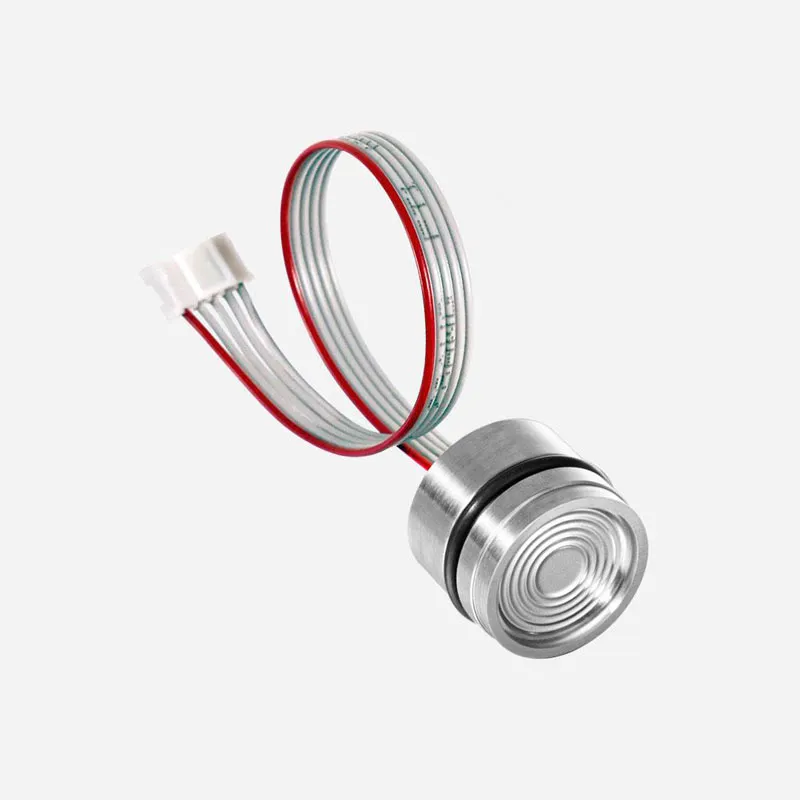Digital RS485 HART Pressure Transmitter
Range:-1bar...0~0.1bar…1000bar
Accuracy: ±0.15%FS (Typ.)
RS485/HART Protocol
DNV approved for ship use
MPM3801
Used For
Industrial Process Control, Gas & Liquid Pressure Measurement, Cooling Equipment and Air Conditioning System
Leave a MessageIIC pressure sensors are a type of pressure sensor that communicates using the I2C (Inter-Integrated Circuit) protocol. The MPM3801 pressure sensor is digital with IIC and SPI interface protocol. The pressure sensor with digital output is designed with small size, oil-filled type which employs silicone oil as a medium for transmitting pressure from the 316L stainless steel diaphragm to the sensing die, and low power consumption. The digital IIC pressure sensor can be widely used for various liquid pressure measurement in industrial process control.
The MPM3801 IIC pressure sensor offers application possibilities, including industrial automation, HVAC systems, and environmental monitoring.
Feature
• IIC digital output
• Digital normalized output simplify data processing and interpretation
• Isolated oil-filling construction ensures accurate pressure measurements
• Compatible with both stainless steel and viton materials
Specification
• Range: 0bar~0.07bar/0.2bar/0.35bar/0.7bar/1bar/2bar/3.5bar/ 5bar/7bar/10bar/16bar/20bar/35bar/70bar/100bar/ 200bar/350bar/700bar/1000bar
• Accuracy: ±0.25%FS (Typ.); ±0.5%FS (max.)
• Output Digital Value: 1638 (zero)~14746 (span)
• Power Supply: 3.3±0.1V DC(default);5±0.1V DC
• Long Term Stability: ±0.2%FS/year
Image:
IIC pressure sensors are a type of pressure sensor that communicates using the I2C (Inter-Integrated Circuit) protocol. The MPM3801 pressure sensor is digital with IIC and SPI interface protocol. The pressure sensor with digital output is designed with small size, oil-filled type which employs silicone oil as a medium for transmitting pressure from the 316L stainless steel diaphragm to the sensing die, and low power consumption. The digital IIC pressure sensor can be widely used for various liquid pressure measurement in industrial process control.
The MPM3801 IIC pressure sensor offers application possibilities, including industrial automation, HVAC systems, and environmental monitoring.
Feature
• IIC digital output
• Digital normalized output simplify data processing and interpretation
• Isolated oil-filling construction ensures accurate pressure measurements
• Compatible with both stainless steel and viton materials
Specification
• Range: 0bar~0.07bar/0.2bar/0.35bar/0.7bar/1bar/2bar/3.5bar/ 5bar/7bar/10bar/16bar/20bar/35bar/70bar/100bar/ 200bar/350bar/700bar/1000bar
• Accuracy: ±0.25%FS (Typ.); ±0.5%FS (max.)
• Output Digital Value: 1638 (zero)~14746 (span)
• Power Supply: 3.3±0.1V DC(default);5±0.1V DC
• Long Term Stability: ±0.2%FS/year
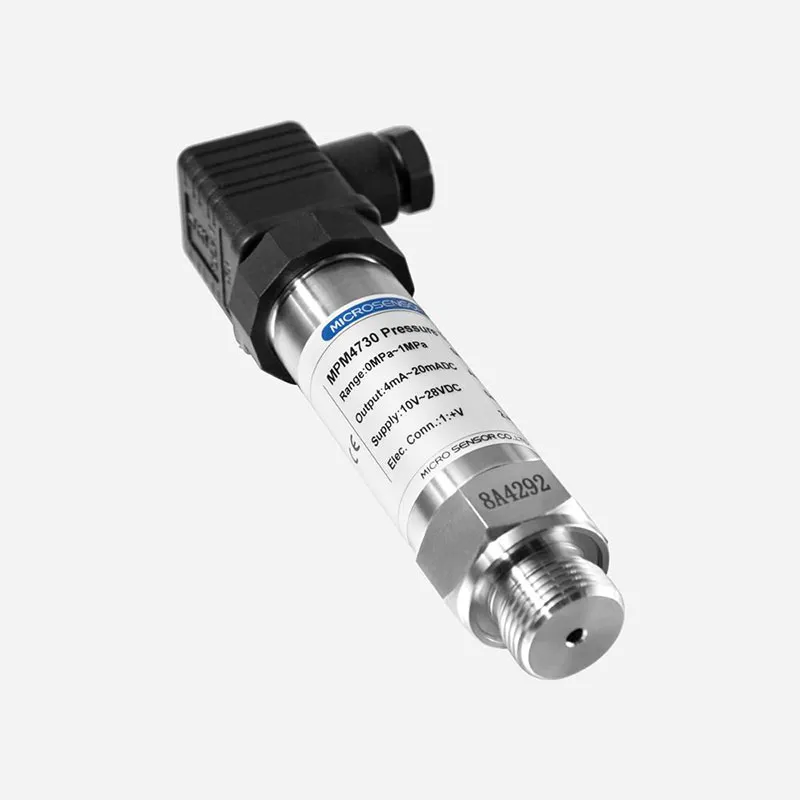
Range:-1bar...0~0.1bar…1000bar
Accuracy: ±0.15%FS (Typ.)
RS485/HART Protocol
DNV approved for ship use
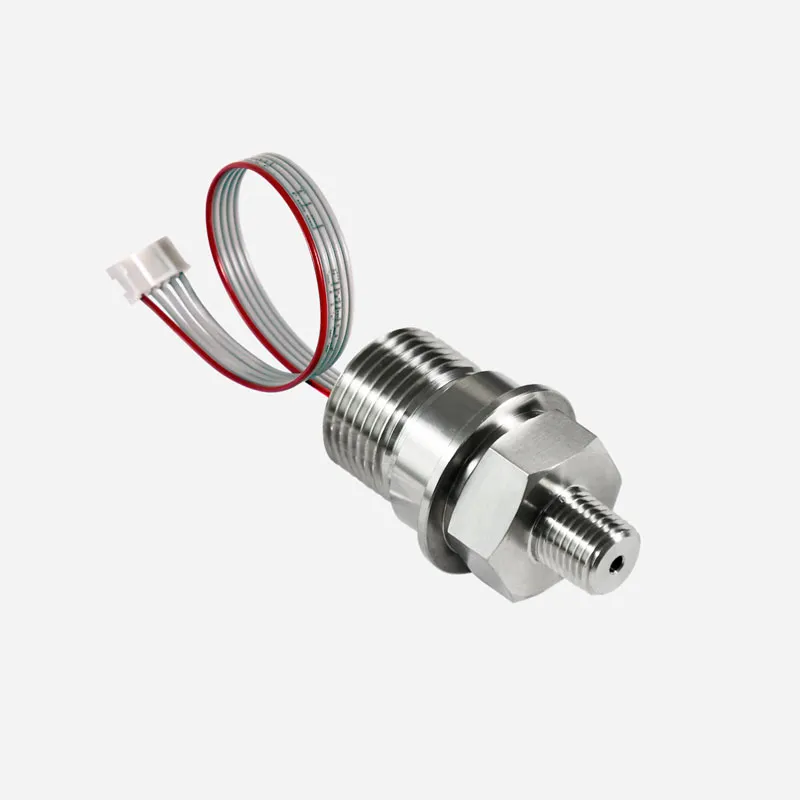
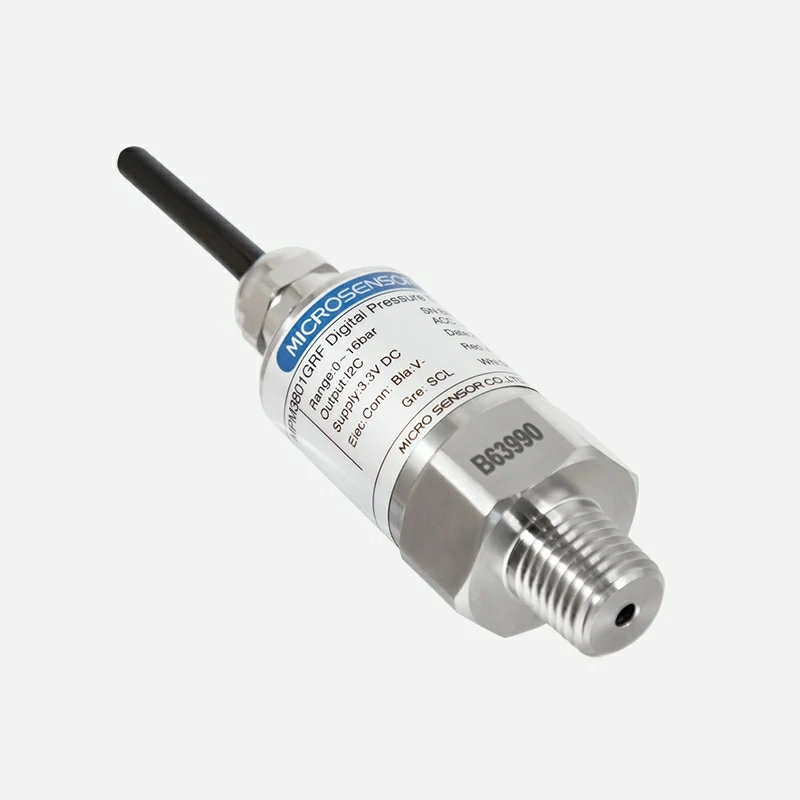
I²C or SPI protocol
Low power consumption: standby power consumption ≤ 5μA, average working current ≤ 2.5mA
Low-voltage power supply: 3.3V, 5V, battery-powered
Secondary temperature compensation, total accuracy up to ±0.25%FS
RoHS and Reach approved
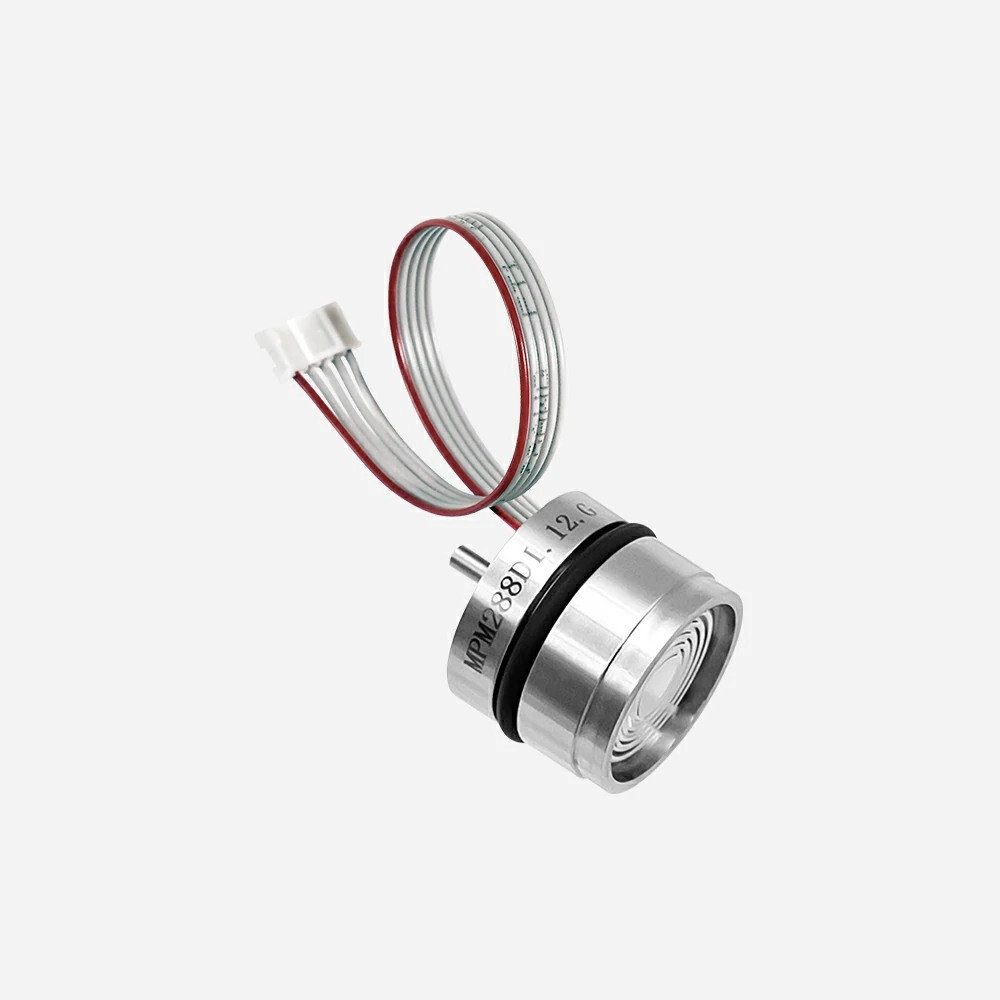
Range: -1bar…0bar~0.35bar…35bar
Output signal: Digital I²C (pressure, temperature)
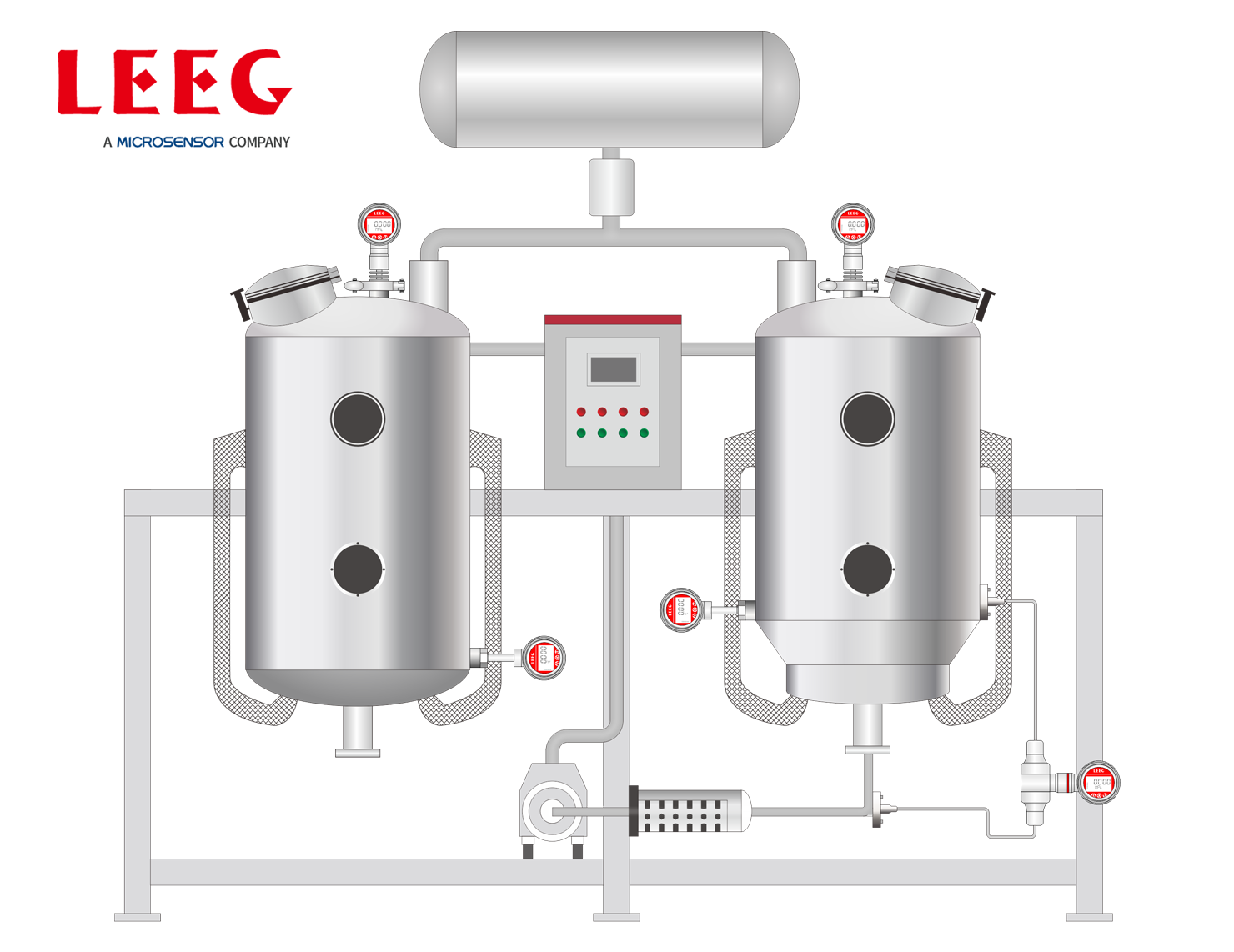
The production of different paste-like drugs uses a concentration process when processing raw materials. The evaporator features high temperature and vacuum. After the concentration process, it needs to be cleaned with efficient and strong chemical detergents. The pressure, temperature and level transmitters in the evaporator effectively ensure the normal and efficient operation of the concentration and washing process.
more info...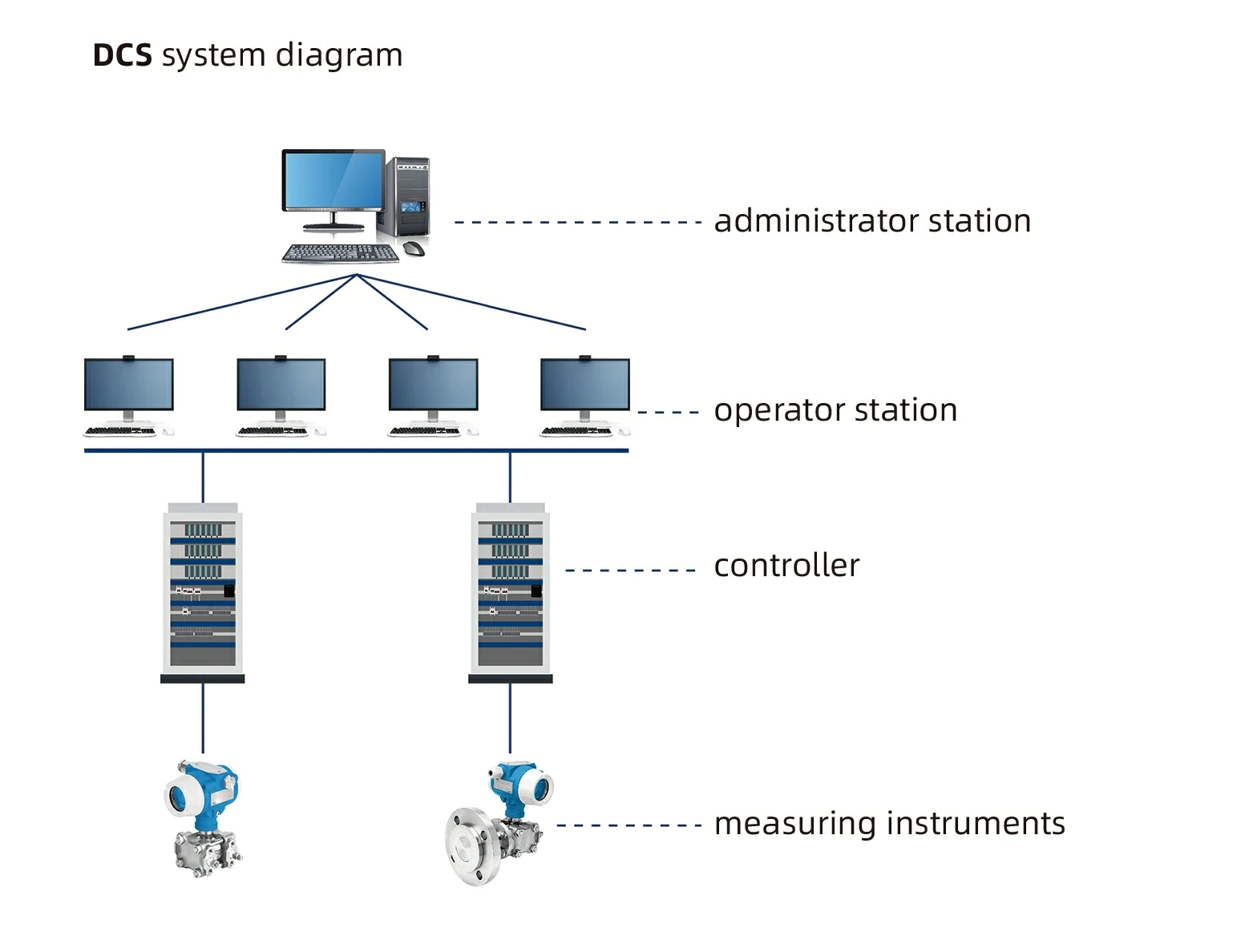
The papermaking process generates large amounts of pulp and chemicals, requiring the use of towers, pools, tanks, and other containers for storage and transportation. Installing intelligent pressure transmitters that can work in conjunction with computer control systems allows for timely monitoring of pressure, differential pressure, and flow information, effectively improving production efficiency and reducing losses.
more info...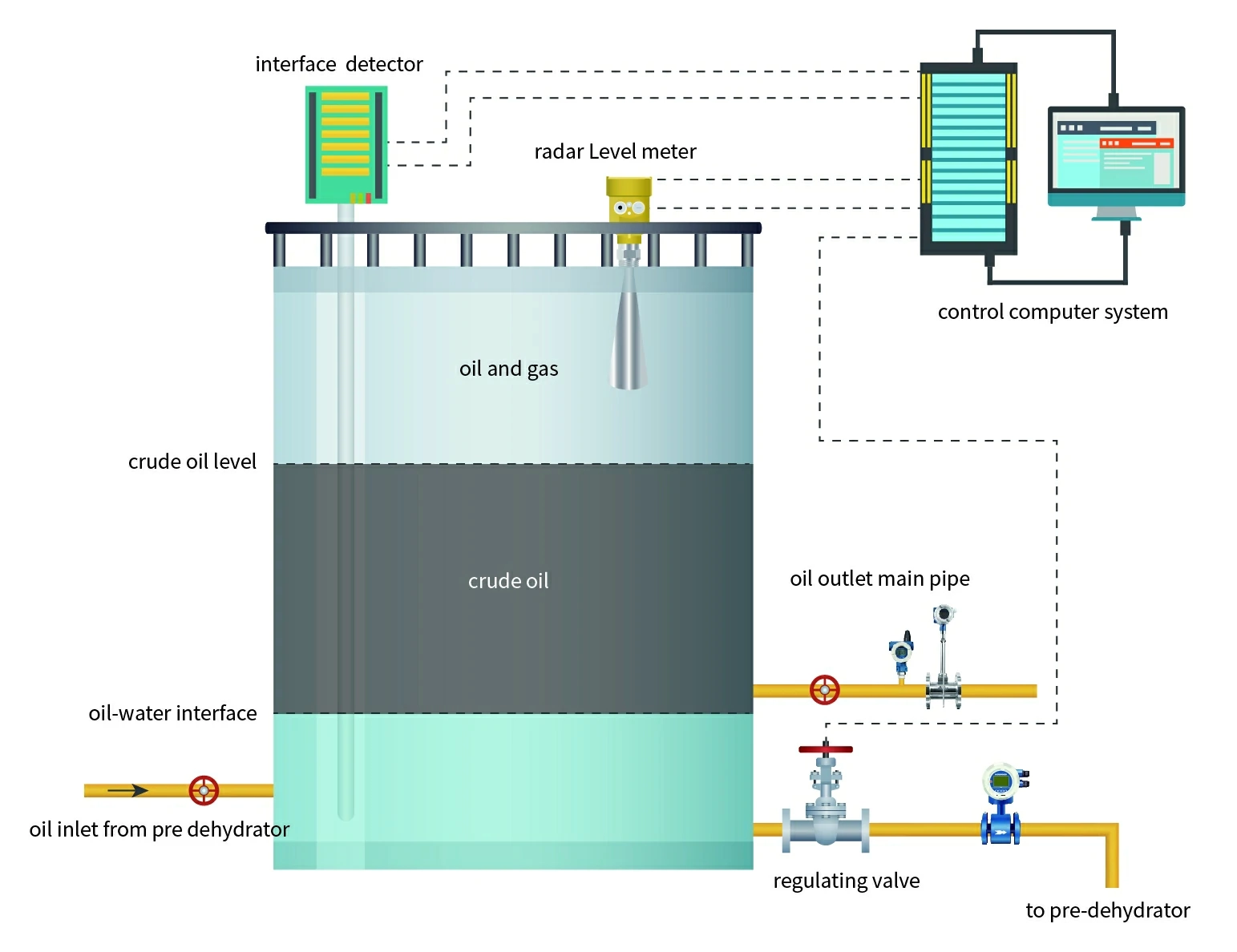
There are a large number of application scenarios of oil, gas, water and other fluid medias in industrial production, which are often stored in tanks of various sizes. Instruments can be installed to monitor the liquid level and pressure changes in the tanks, and automation management can be achieved through platforms and networks.
more info...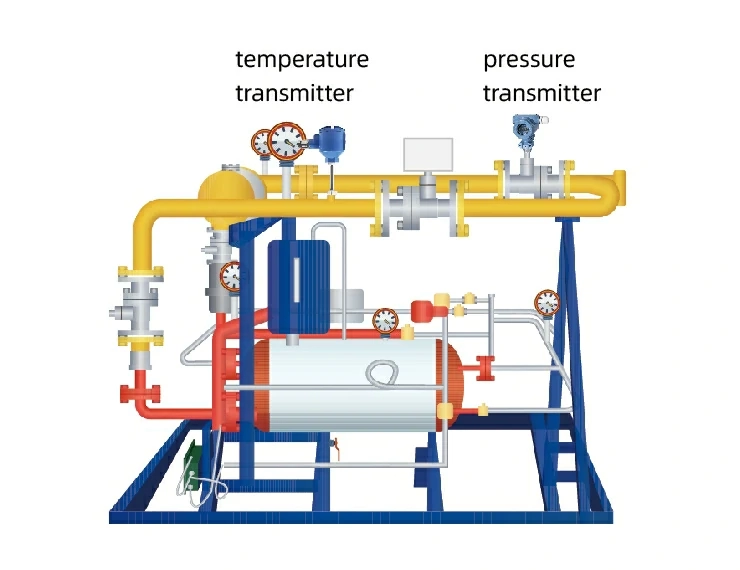
Gas skid equipment is a critical component in gas distribution systems. Equipped pressure and temperature transmitters can monitor parameters in real time. Then, the data is transmitted remotely to a central control room. The engineer or operator detects abnormal situations in time. It ensures the normal operation of the equipment and system.
more info...